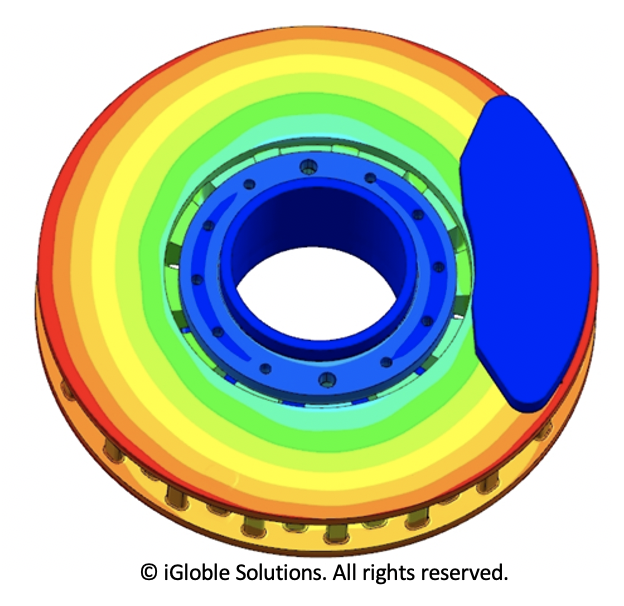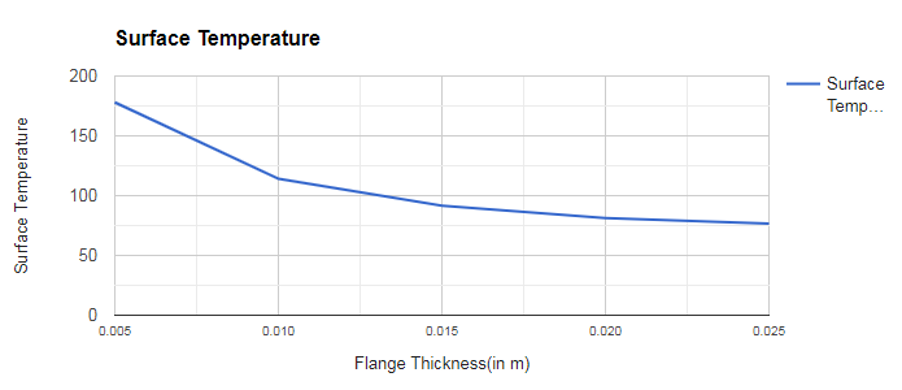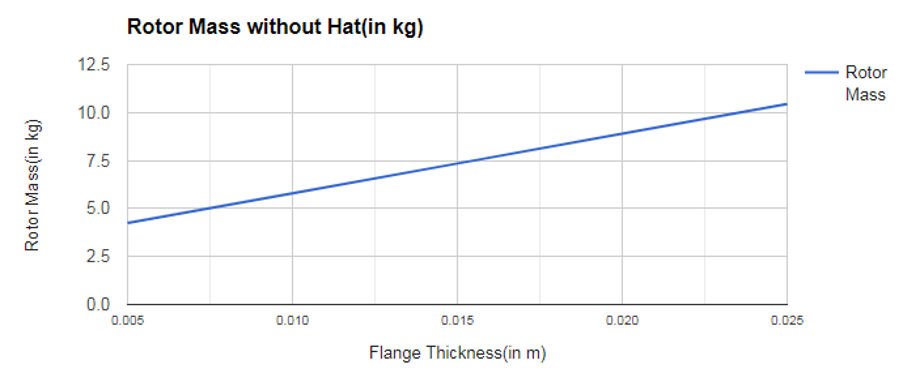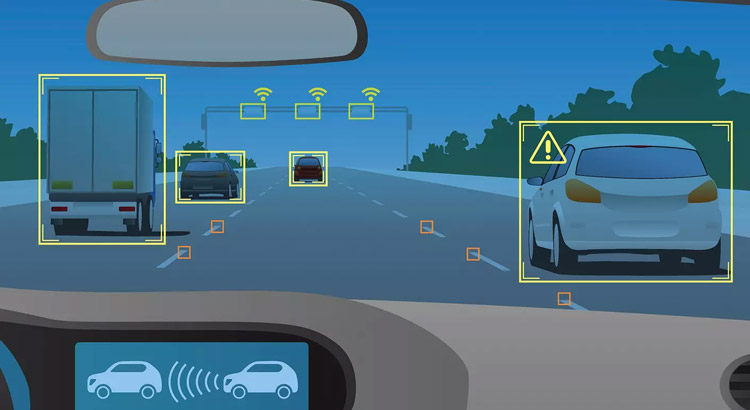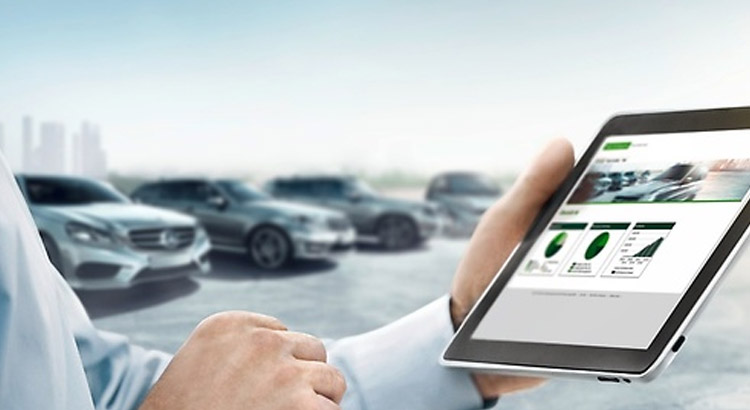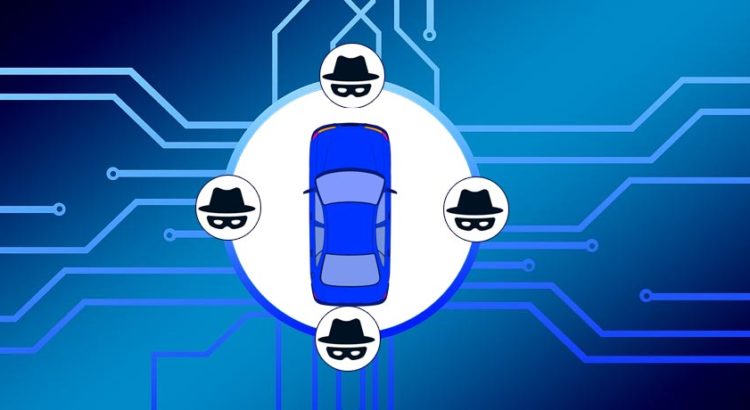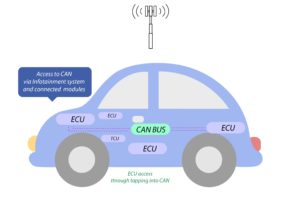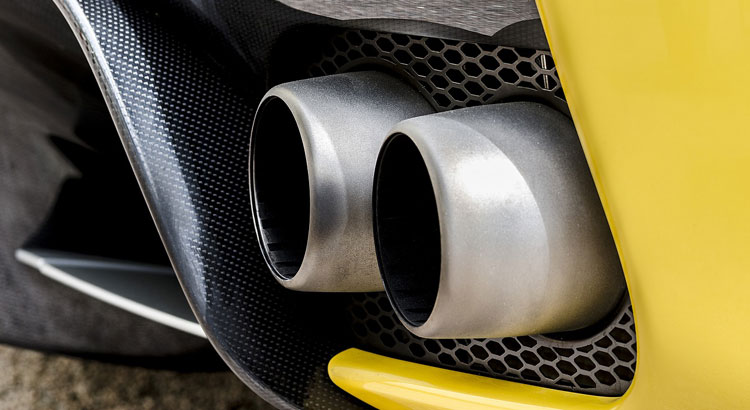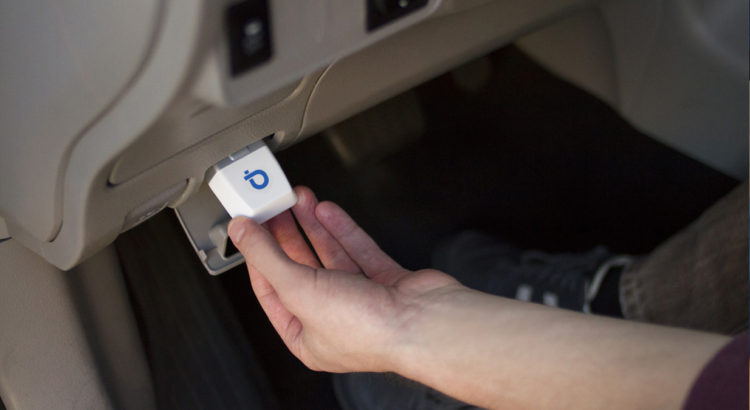iGloble delivers machine learning based CFD simulation for virtual testing of High Volume Low Speed (HVLS) / ceiling fans resulting in reducing the design to manufacturing cycle times by at least by 22%.
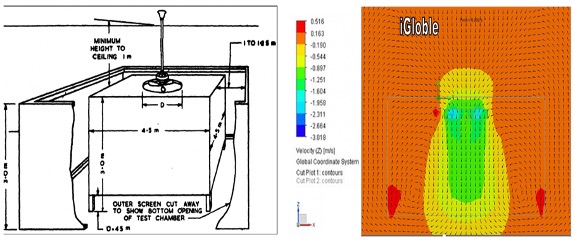
One of the critical factors in the design of new ceiling fans is Air Delivery. Air Delivery is the volume of air that the ceiling fan is able to deliver per unit time, measured at a particular height when rotating at a particular rpm. Air Delivery is usually expressed in m3/min. Air Delivery is measured in a test setup specified by the Indian Standard IS – 374 – 1979, page 15. The test setup is shown in Figure 1. Once the test is setup, elaborate measurements of air velocity are taken by an anemometer. The measurement procedure is outlined below:
A cost effective and quick alternative to such tests is a Virtual Test using CFD (Computational Fluid Dynamics) tools. A CFD simulation can be done on the 3D model of the HVLS / ceiling fan and the Air Delivery can be obtained without actually manufacturing the prototype of the new design and without setting up the elaborate test setup.
In order to check how the CFD results compare with actual test data, a popular brand of ceiling fan available in the market was taken. A 3D scanning was done and the geometry was converted into a 3D model. A CFD analysis was done on the 3D model, to find out the Air Delivery. The physical model was also tested in a laboratory for Air Delivery. The images given below show the CFD model and the results of velocity obtained from it. It takes about 8 hours to setup, solve and post-process the CFD model. The Air Delivery obtained from the CFD model was 208 m3/min.
Physical tests were performed on the same model in a laboratory, the Air Delivery obtained was 211 m3/min. The value of Air Delivery obtained from CFD analysis is therefore very close to the value of Air Delivery obtained from physical lab tests.
CFD analysis performed is therefore a very cost effective and accurate alternative to Physical laboratory tests for finding out the air delivery for new designs of ceiling fans.
For a demo or questions, please contact Sales@igloble.com
